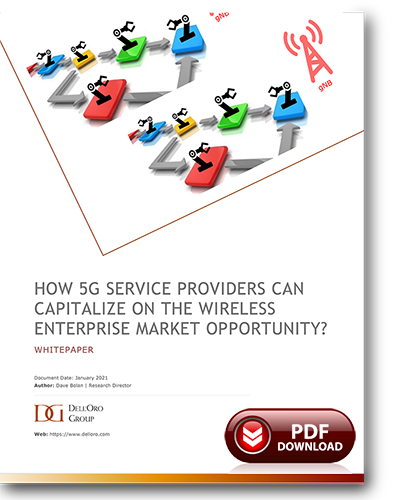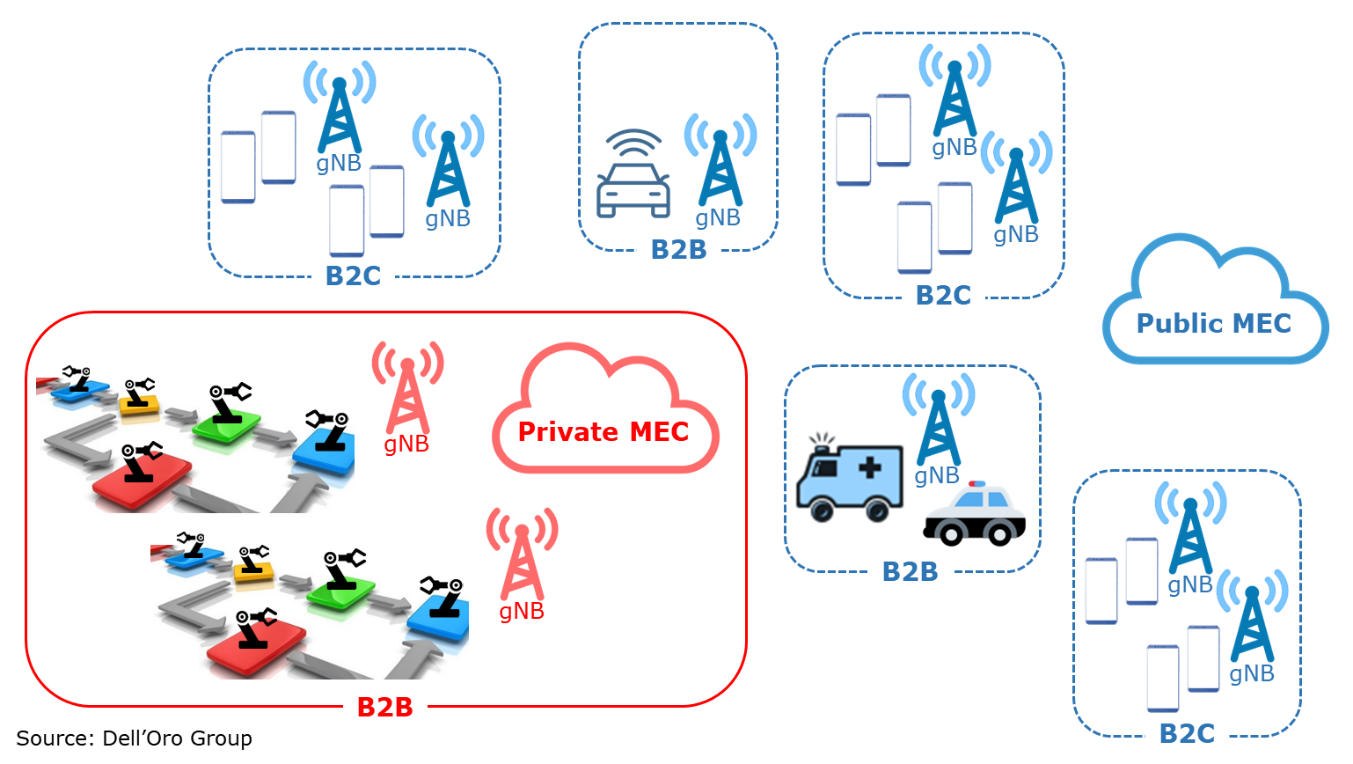Introduction
With the advent of the 5G Standalone (5G SA) era, 5G Service Providers (SPs) have the opportunity to increase their revenues from the segments of the enterprise market requiring real-time or near real-time wireless communications. In the past, 3G and 4G wireless network performance was based on best effort. Some networks differentiated themselves with coverage and/or speed, but it was still a best effort network, with no guarantees of specific performance levels or service. The 3GPP 5G mobile network specifications have the features to deliver performance guarantees. A 5G SP can now increase revenues from the enterprise market by offering premium services and performance with guaranteed Service Level Agreements (SLAs).
One of the key features is Multi-Access Edge Computing (MEC), which can guarantee SLAs with lower latency and the option of keeping local traffic and data on-premises (a.k.a. data sovereignty), if required. 5G is fundamentally more secure and more reliable compared to previous generations of wireless networks.
We define MEC in two ways, Public MEC and Private MEC. Public MEC is a service available to all subscribers that can be classified as business-to-consumers (B2C) or business-to-business (B2B). Private MEC has specific MEC services on-premises, such as at enterprise campuses and factories, that are classified as B2B (Figure 1).

Enterprises that need broad geographic coverage can take advantage of 5G Public MEC networks, such as Smart Health, Public Safety, and V2X (Vehicle to Everything) Communications. In addition, SMEs (Small and Medium Businesses), that do not need broad geographic coverage, can take advantage of 5G Public MEC. To create a private network, Network Slices creates a virtual private network that only allows authorized access to an enterprise or the enterprise’s services. Larger enterprises can take advantage of on-premises Private MEC deployments for exclusive uses such as Smart Manufacturing, Smart Ports, and Smart Mines. All of these enterprises are characterized as needing real-time or near real-time communications, translating to a requirement for low latency, which can be enabled by MEC deployments.
So how does a 5G SP meet the challenges of the enterprise market and successfully compete in this arena of real-time and near real-time wireless communications? We explore the following topics:
- Enterprise Market Opportunities for 5G SPs
- 5G MEC Background
- Three Network Architectural Options for Enterprises
- 5G SP Competitors
- 5G SP Market Positioning
- Review of a 5G SP Commercial 5G SA Network with MEC and Its Enterprise Use Cases
